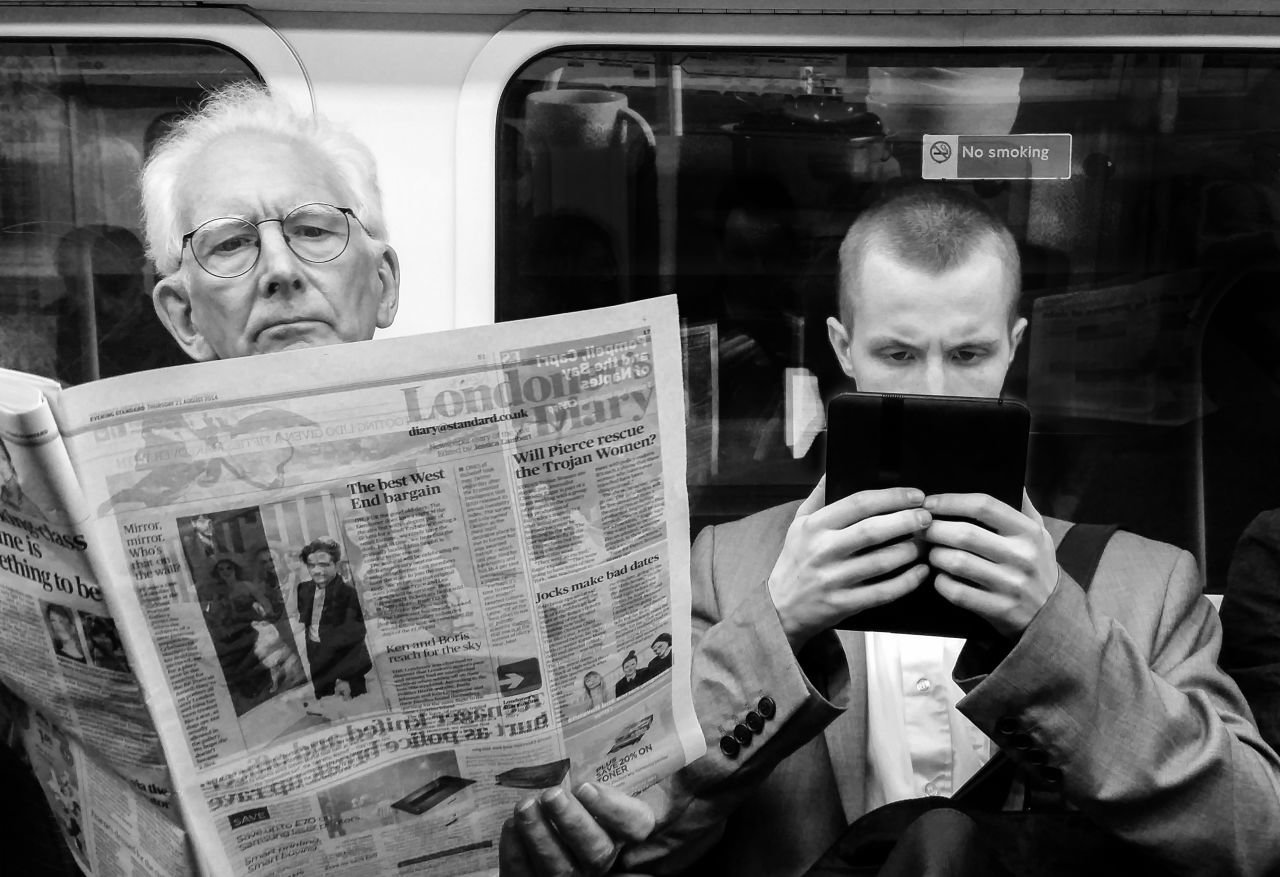
Ink and paper were once the bread and butter of the media world. But when the The Independent became the UK’s first national daily to ditch its printing presses earlier this year, it was another reminder that physical media truly had become an expensive luxury. At its late-’80s peak, The Independent sold more than 400,000 copies a day. Now, it could hardly muster 30,000.
More than a decade on from the rise of the internet, modern media remains in a constant state of flux, and media industries were arguably the first ones to feel the disruption of digital technologies, says entrepreneur and Project16 speaker Gus Balbontin. Having made his name over at Lonely Planet, Balbontin helped usher in a model of book publishing for modern times and helped the world famous guidebook brand tackle the digital revolution. Born in Patagonia in the South of Argentina, Balbontin moved to Bryon Bay, Australia at 17 years old on the back of a scholarship. After a stint hitchhiking through South America, Balbontin landed his “dream job” at Lonely Planet in the early 2000s.
“Towards the end of the 1990s to the start of the 2000s, newspapers and magazines were arguably at their peak and there was no sign of significant change on the horizon,” he says. “Of course, a few people called it out early. But inside companies, everyone was doing really well. I still remember conversations around the internet saying it was just a fad.”
Far from a fad, the internet altered the fabric of society. Content depreciated in value, and companies like Expedia and Tripadvisor began cropping up and revolutionising the travel and e-commerce space. “I often say that when you’re at your most successful in a business, you’re probably at your most vulnerable as well, and that’s what happened to everyone in the media industry” says Balbontin.

He explains that media companies struggled from the first hurdle because there was no blueprint for tackling the digital age. The only blueprint companies could follow was “the one that was known, the one that was invented in the industrial revolution which was a very hierarchical and structured business. These models were very antiquated for this new world, which was a world of speed, agility, and thinking on your feet.”
Notably, media industries also struggled because they’d forgotten a key component of both life and business: the ability to fail. “We were doing so well that failure was almost something that disappeared from our language and capabilities,” he says. “When you went to these newspapers to see what was going on, they’d talk about investing millions in the website, charging for content, putting up a paywall and what not. But then two years later they’d disappear completely. They were epic fails because they didn’t know how to fail and they were failing big.”
A typical misstep for media organisations was to create an individual digital arm separate from their print arm; a mistake that’s still commonly made today. “Customers are one. There is no digital customer or print customer. It’s the same customer” says Balbontin. “The strategy for business should always be the same. It doesn’t matter which way you reach the customer. By dividing those teams, you create a subdivision of cultures which makes problems even more difficult to fix.”

Arguably, the biggest concern for media industries today relates to financial sustainability. When The Independent stopped selling physical copies, many wondered how it would pay the bills. Its British compatriot, The Guardian, draws millions of readers to its website each day but makes struggles to bring in the fruit of its labour as it insists on keeping its content free.
“The challenge is that we tend to use past perspectives to judge a new market. You can’t judge it in the same way that you judged the old one” argues Balbontin. “In the physical world of books, for example, it was really simple. If you owned the shelf space in the finite number of book shelves in the world, you won the game. In the world of eBooks, you can’t because there are an infinite number of screens you can deploy to. Therefore, having that kind of control over a shelf doesn’t give you any power, when in the past it did. That’s why profitability is a challenge in the new world because people tend to judge us with the old lens.”
For this reason, Balbontin stresses the importance of innovation, and has worked closely with cutting edge companies like Apple and Google X. “When you’ve been working for so long with an old machine…and you want to deploy that same machine to a very new task with new patterns, new distribution networks, and new technologies, it struggles.”
“The first few apps we had were very similar to books in a phone, no different to the first few TV shows which were radio shows with a screen. We struggle when transitions like that happen that big. We only know what we know, so we use that in a new way but it doesn’t quite cut it. It doesn’t quite answer the customer problem. It only answers the business problem.”
Just last week saw the closure of Gawker, which sent ripples through the media landscape. And although legal mishaps had more to do with its disintegration, it served as another reminder that nothing in modern media is ever permanent. “The world’s changing faster than ever and it’s only going to accelerate,” says Balbontin. “We need to focus on being able to respond to changes, rather than trying to predict change. You might’ve figured out how to do social networking or paywalls, but in two years’ time that could just go out of fashion.”


